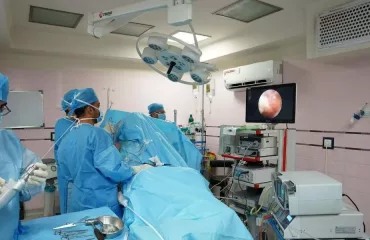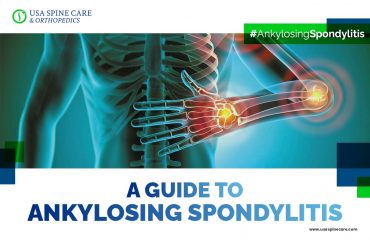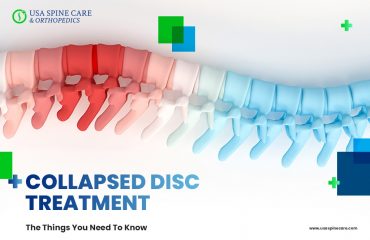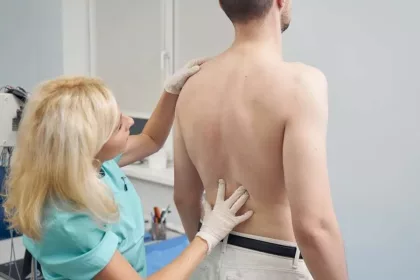
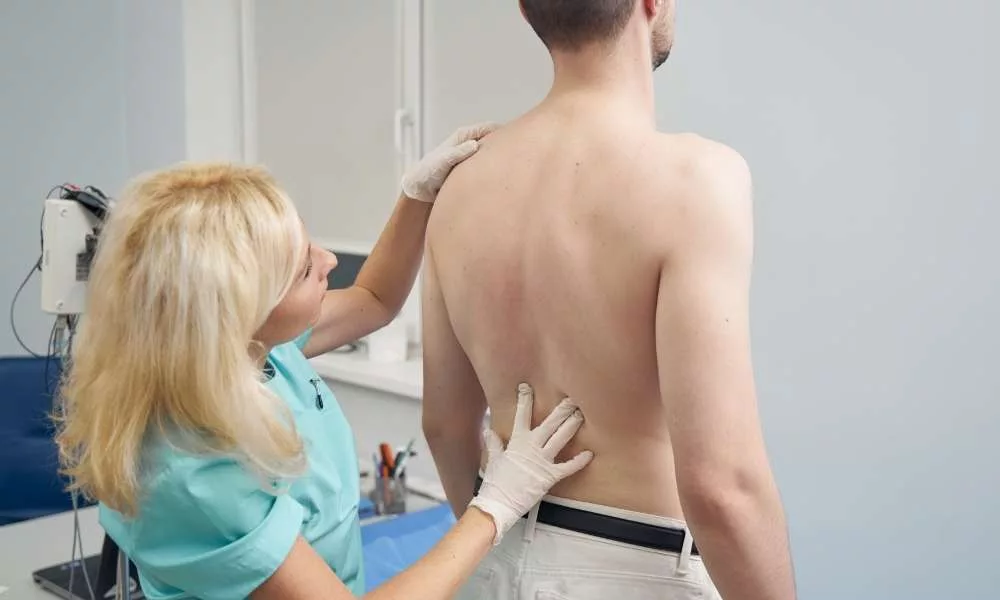
Chronic back pain can significantly impact your quality of life. If conservative treatments haven’t provided relief, minimally invasive spine surgery (MISS) might be recommended. MISS offers a quicker path to recovery compared to traditional open surgery. But how does MISS tackle various spinal conditions? Let’s explore some common spinal issues and the specific MISS techniques used to address them.
Herniated Disc: A Bulging Disc Putting Pressure on Nerves
A herniated disc occurs when the soft cushion between vertebrae (intervertebral disc) bulges or ruptures, pressing on spinal nerves. This can cause pain, numbness, and weakness in the legs or arms depending on the location of the herniation.
- MISS Technique: Microdiscectomy: This is a common MISS procedure for herniated discs. A small incision is made, and a specialized microscope allows the surgeon to visualize the herniated portion of the disc. Using tiny instruments, the surgeon removes the herniated material, alleviating pressure on the nerve and reducing pain.
Spinal Stenosis: A Narrowing of the Spinal Canal Causing Pain
Spinal stenosis occurs when the spinal canal, the passage through which the spinal cord runs, narrows. This narrowing compresses the spinal cord and nerves, leading to pain, numbness, weakness, and difficulty walking in some cases.
- MISS Technique: Laminoplasty: This technique involves creating more space in the spinal canal through a small incision. The surgeon removes a small portion of the lamina (the bony roof of the spinal canal) and uses specialized implants or spacers to hold the lamina open, providing more space for the spinal cord and nerves.
Spondylolisthesis: A Slipped Vertebra Causing Instability
Spondylolisthesis is a condition where one vertebra slips forward on the one below. This slippage can cause pain, instability, and nerve compression depending on the severity.
- MISS Technique: Pars Repair: This MISS procedure addresses spondylolisthesis by stabilizing the slipped vertebra. A small incision is made, and the surgeon inserts screws or implants through the pars (part of the vertebra) to prevent further slippage and stabilize the spine.
Degenerative Disc Disease: A Breakdown of Discs Leading to Pain and Stiffness
Degenerative disc disease is a gradual breakdown of the intervertebral discs due to aging and wear-and-tear. This can lead to back pain, stiffness, and reduced mobility.
- MISS Techniques: Several MISS techniques can address degenerative disc disease depending on the severity:
- Disc replacement: This involves replacing a damaged disc with an artificial one through a small incision.
- Fusion procedures: For severe cases, minimally invasive fusion procedures can be performed to permanently join vertebrae together, providing stability and reducing pain. Techniques like percutaneous techniques and mini-open approaches minimize muscle disruption compared to traditional open fusions.
Beyond Common Conditions: MISS for a Range of Spinal Issues
MISS techniques can also address other spinal conditions, including:
- Spinal fractures: Minimally invasive stabilization techniques can repair spinal fractures caused by trauma.
- Spinal tumors: MISS approaches can be used for biopsy or even tumor removal in some cases.
Choosing the Right MISS Technique for Your Condition
The specific MISS technique used will depend on the type and severity of your spinal condition. A qualified spine specialist will perform a comprehensive evaluation, including physical examination and imaging tests, to determine the most suitable approach for you.
Conclusion: Minimally Invasive Techniques Offer Hope
Minimally invasive spine surgery offers a range of techniques for treating various spinal conditions. By understanding how MISS tackles specific issues, you can work with your doctor to determine if this innovative approach can help alleviate your pain and improve your quality of life. Remember, this article provides a general overview. Consulting a qualified spine specialist is crucial for diagnosis, treatment planning, and determining the most suitable MISS technique for your individual needs.

